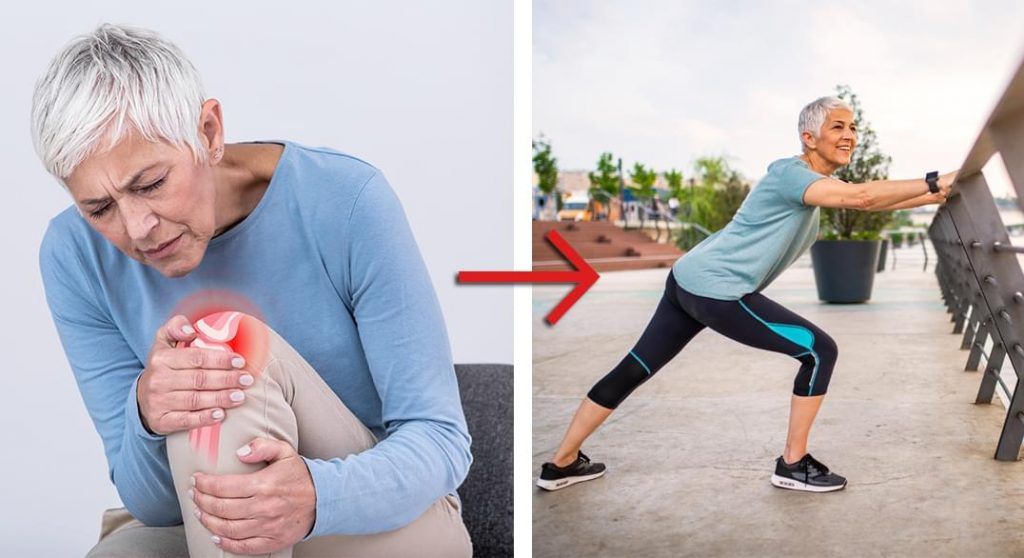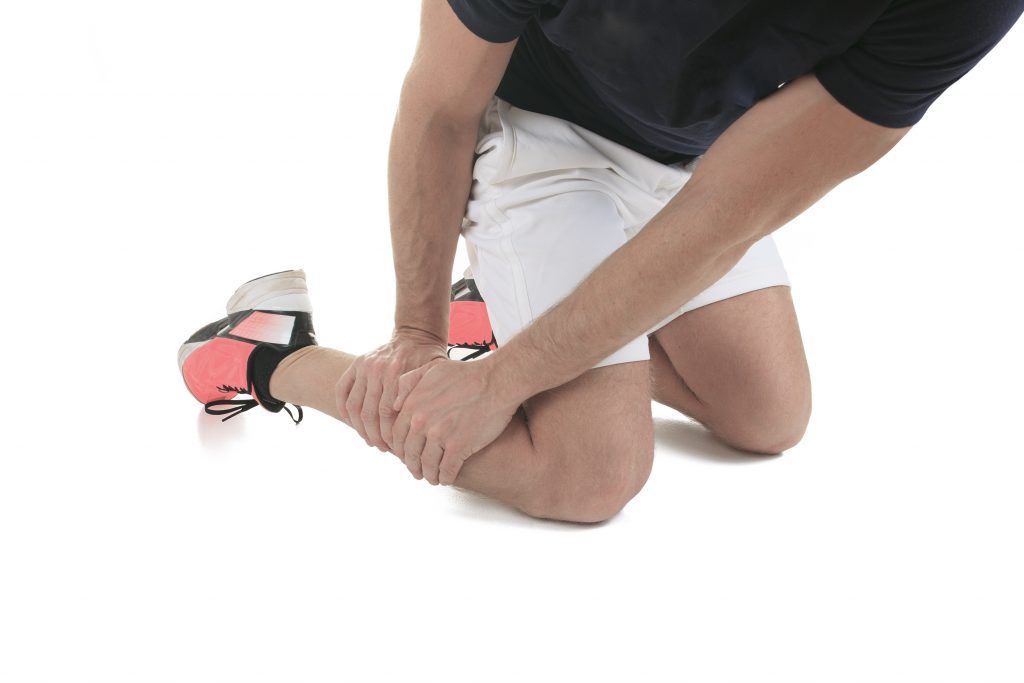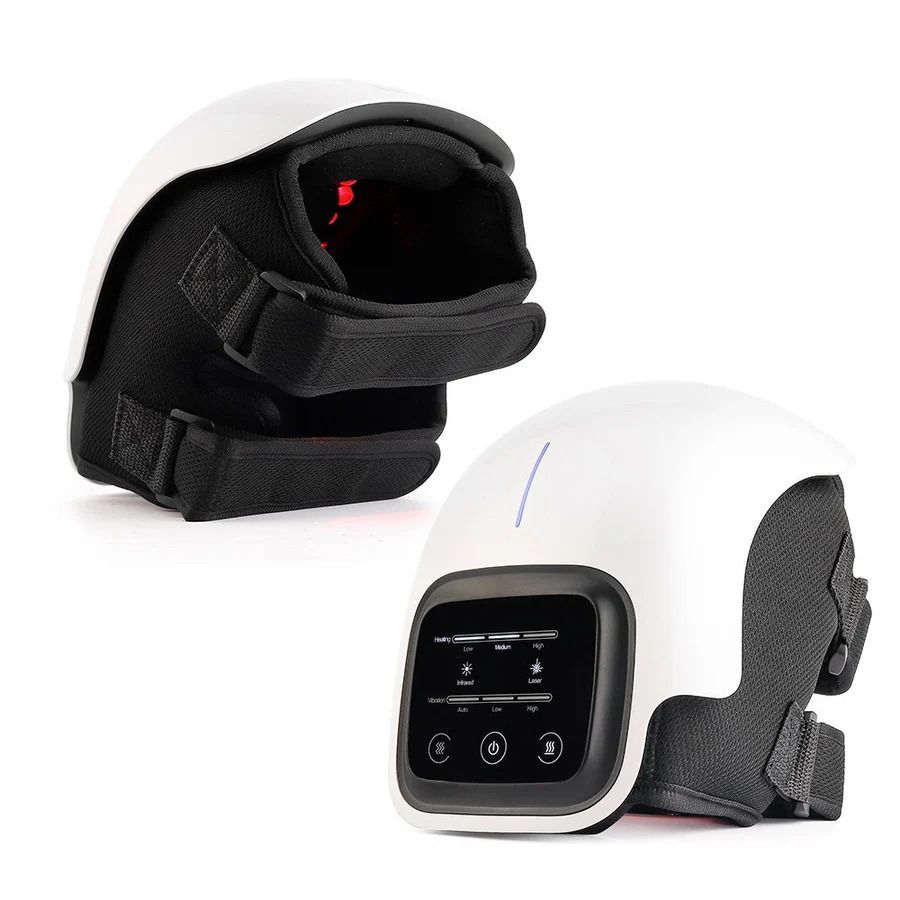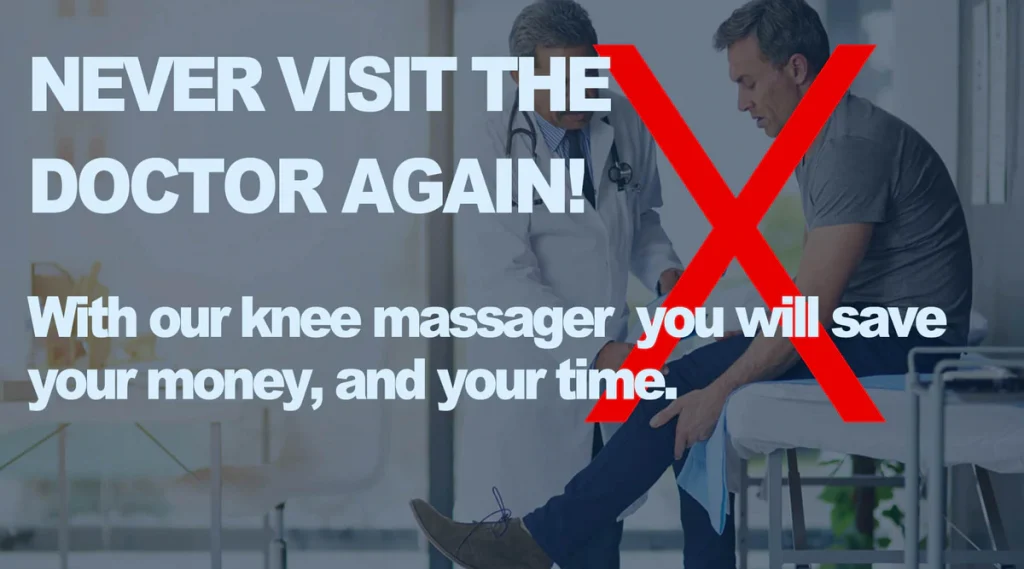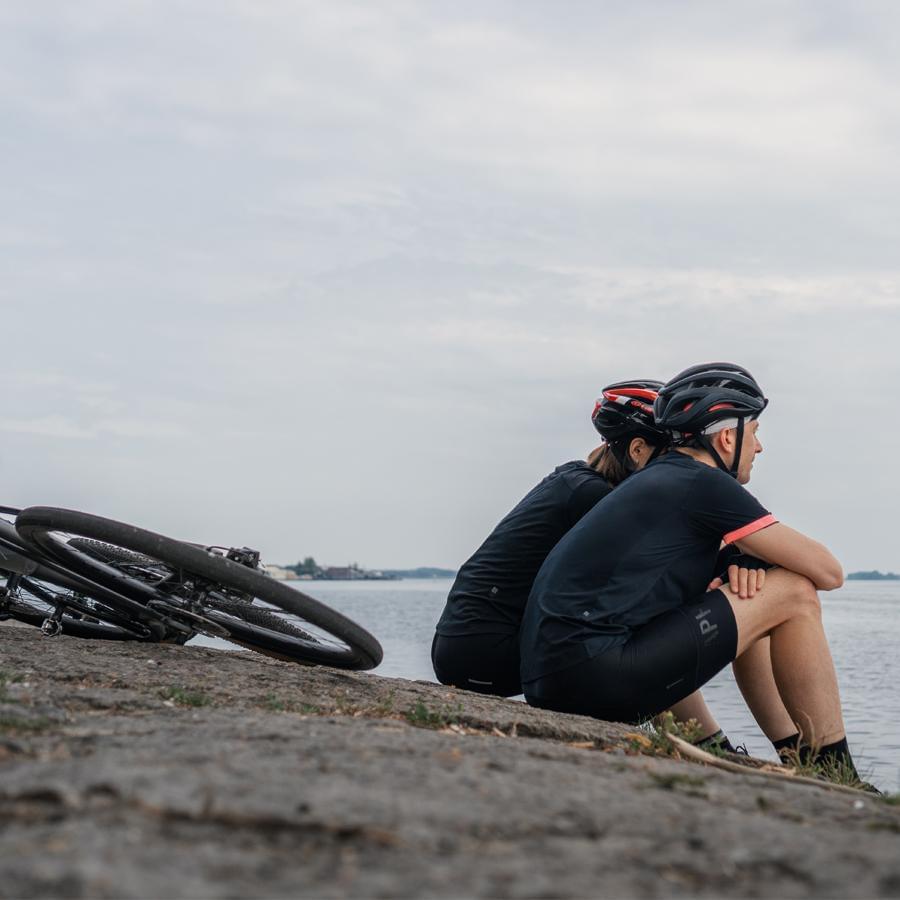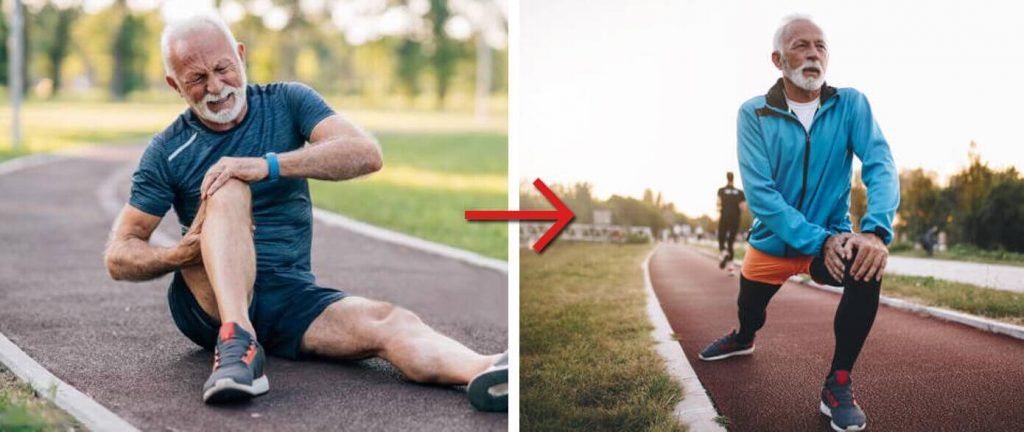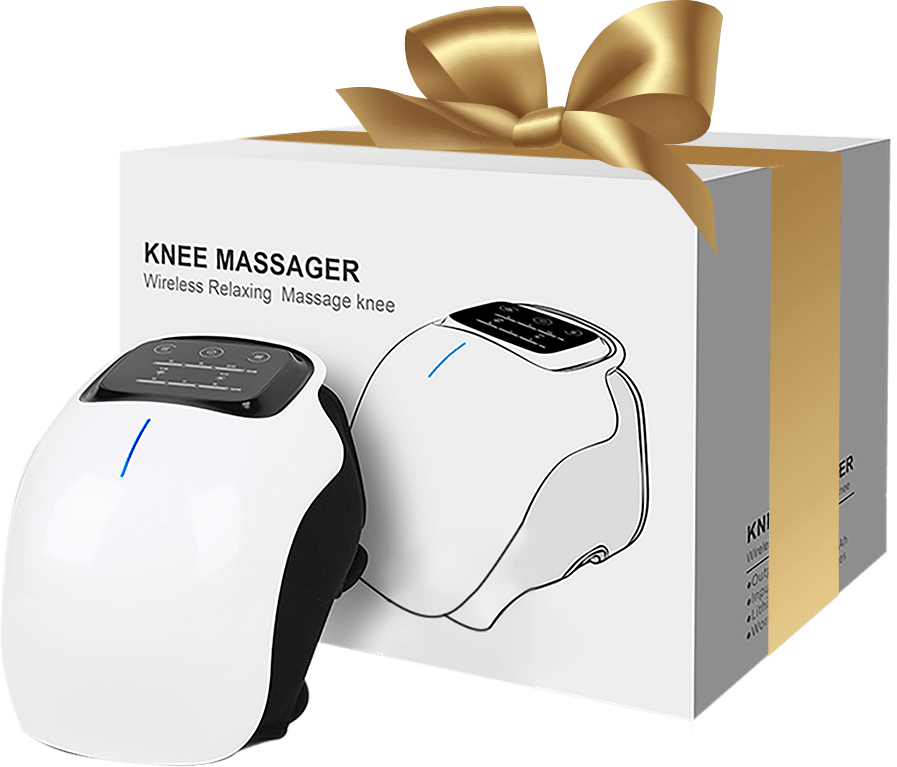This article will show you how to avoid knee pain from walking and some advice for treating it effectively.
How to keep walking when your knees hurt? How to treat knee pain from walking?
Knee pain is the absolute scourge (note that it is also valid with the hips, back, ankles, feet, etc.).
Knee pain can have many causes, but it is often due to osteoarthritis because life is not easy.
It hurts when you walk, so what can you do, stop walking? Yes, but here’s the thing, moving and maintaining joint movement is the best thing for the joints, a dilemma.
Not so much, because in most cases, walking will not worsen chronic knee pain. On the contrary, walking can reduce stiffness and inflammation, improving the symptoms of osteoarthritis and the quality of life of those who suffer from it.
Walking regularly also provides a good workout for the heart and keeps bones and joints healthy, so stopping is out of the question, but you may need to adapt your program.
Is walking good for your knees?
Your knee joint is made of cartilage and bone, as you probably know. Cartilage is nourished by synovial fluid, which cannot do without movement.
You’ve probably already noticed how stiff your joints feel when you wake up and how they unlock as you go about your day (provided you don’t spend it sitting down).
Regular exercise is, therefore, the best guarantee of the longevity of your joints (1); it acts as a natural lubricant.
But not all exercises are good for you; you probably know that some physical activities are low impact (like walking) while others are high impact (like running).
Before embarking on any program, you should discuss it with your physio.
We have just seen that walking can be an excellent way to help mobilize the synovial fluid in your joints, thus helping lubricate them.
If you have moderate knee pain, you will quickly notice the benefits of walking on your pain and stiffness.
If you have severe pain, you will need to take it easy, starting with short walks at a slow pace that you are comfortable with and pairing these sessions with more gentle activities, such as water aerobics or non-resistance cycling.
If the pain is too severe, stop walking immediately, as it could be a sign of joint damage.
With the proper precautions, it is possible to continue walking, even with tender knees. Here are our top tips on how to do this.
1. Be well, shod!
And yes, we’ve talked about this many times; whether it’s running or walking, good shoes are essential. I’m not talking about the latest overpriced Nike models, but simply comfortable shoes in which you feel good.
Good walking shoes will give you good cushioning in the heel and flexibility in the forefoot for optimal rolling.
The problem with worn or unsuitable shoes for walking is that they are less flexible and put more pressure on the knees.
If you’re unsure what to buy, why not go to a specialty store (a running store, for example) for a stride and foot analysis. The salespeople will look at the height of your arch, the width of your toes, and your stride (tendency to pronate/supinate) to advise you in the best possible way.
Note that it is also worthwhile to visit your favorite podiatrist because, very often, knee pain is linked to your feet. Your podiatrist will know how to rectify the situation and give you the correct exercises in addition to the perfect orthopedic insole. A word of advice: buy your runnings after having your insoles made!
2. Choose your training surface carefully
When it comes to walking, not all surfaces are created equal. Concrete and asphalt put more strain on the knees than softer surfaces like dirt or a track.
Treadmills can also be ideal, especially in bad weather, providing a stable, flat, and “soft” surface.
3. Choose your time well
Now that you have the right shoes on your feet and good training ground, it’s time to choose the right time.
If you have more pain in the morning, wait until the afternoon when your joints are a bit looser to go for a walk, you will appreciate the moment more and be able to do more.
4. Warm-up and go slowly
Well, you know, whatever physical activity you’re doing, a good warm-up is to help your body get ready while increasing blood circulation (especially if you have stiff joints). So make sure that the first 5-10 minutes of walking are gentle before moving into a faster pace.
If you’re in a gym, you can do your warm-up on an exercise bike before getting on the treadmill. Cycling is another low-impact sport recommended for those with knee problems.
Increasing your walking intensity or daily mileage too quickly can lead to potential injury. That’s why the limit is usually set at +10-15% per week. Be patient, don’t rush.
Here is a small example of gradually increasing your mileage:
- Week 1: walk 10 minutes * 3 days.
- Week 2: walk three days, adding 2 minutes to each walk: 12 minutes for day 1, 14 minutes for day 2, then 16 minutes for day 3.
- Week 3: add another 2 minutes to each walk on three days: 18 minutes on day 1, 20 minutes on day 2, and 22 minutes on day 3.
- Week 4: Continue this way: 24 minutes on day 1, 26 minutes on day 2, and 28 minutes on day 3.
- Week 5: add an extra day of walking to your routine: walk 30 minutes * 4 days.
- Week 6: add one more session to your routine: walk 30 minutes * 5 days.
5. Be consistent and target 6000+ steps per day
6000? But we always told you 10,000 steps a day!?
You should know that this 10k steps/day truck is a bit of marketing, just like the five fruits and vegetables.
One study found that people with knee pain due to osteoarthritis benefit most when they take 6,000 or more steps per day. (2)
So you can go for the 10,000, but the key is consistency! I’d instead you take 6,000 steps a day every day than 10,000 once every three days.
Whatever your goal, stay motivated by recording your step count with a pedometer (or equivalent app). If you find that after X number of steps, you start to experience knee pain, stick to the tolerable threshold. If you can exceed the threshold, do so!
Walking in a group can also increase your attendance and motivation tenfold, so surround yourself with friends for your walks or join a local walking club.
6. Don’t just walk
If you can, don’t just walk! Your body and knees need to stay in motion every day, so be active, but try to select activities that are not traumatic to your joints.
Some of the best low-impact sports include:
- cycling (or exercise bike)
- swimming, mentioned earlier (it’s never too late to learn to swim)
- yoga or pilates
- Resistance training with a trainer to strengthen the muscles that support the knee (especially the quadriceps)
7. Apply cold if necessary
If your knee is too sore after a workout, consider the R.I.C.E. protocol:
- Stay (rest)
- Ice
- Compression
- Elevation
You can apply a cold pack to minimize the inflammation and compress and elevate the leg. Allow yourself time to recover before starting any other training.
8. Do you need walking poles?
Mainly dedicated to Nordic walking, walking poles greatly help some people, significantly to improve stability and reducing joint fatigue.
The walking stick is also handy to engage the upper body and increase the heart rate to get a more sustained rhythm and, therefore, more calories burned.
Finally, it will be most beneficial for trekking or off-trail hiking. Do you need it? It’s up to you to test it!
9. Unburden yourself if necessary
“Last but not least, isn’t it time to shed those extra pounds?
Being overweight is the worst enemy of your joints, and losing weight means drastically reducing the stress on your knees (but also your hips, ankles, etc.). If you want to get into a walking routine and a virtuous circle, you might as well put all the chances on your side.
If you are so overweight that you can’t walk comfortably, start by losing a few kilos with the bicycle, which may be more affordable at first.
In conclusion
Walking is one of the best forms of physical activity, both without impact and accessible to everyone and everywhere. It keeps your joints and hearts healthy and burns calories (not to mention the mental health benefits).
You have generally understood that you should not stop walking because your knees hurt; on the contrary. Try to get into a walking routine (with your doctor’s approval), setting realistic goals and taking it slowly.
In addition, take care of your weight on the scale, vary your activities as much as possible and try to strengthen your legs with a sports coach. Balance exercises can also be beneficial.
In short, keep moving!
And to finish, a small summary of what it is generally good to do when you have knee pain and, on the contrary, what you should not do.
What you should do:
- Always start by seeing a doctor at the first sign of pain sets in (several days in a row despite rest, ice, etc.).
- Avoid traumatic activities such as running.
- Strengthen the quadriceps, hamstrings, buttocks, and ankles (with the help of a physiotherapist and possibly a coach).
- Stretch daily, focusing on the quadriceps and hamstrings.
- Maintain a healthy weight.
- Wear shoes that are appropriate for the activity and provide good arch support.
- Do cross-training.
- Stay active every day and avoid prolonged sitting.
What you shouldn’t do:
- Don’t ignore the pain.
- Please do not give up exercise altogether, but adapt it (always with medical advice)
🎁 BONUS: How MONKIKA™ Knee Massager Relieves Knee Pain from Walking
MONKIKA™ Knee Massager team has created an incredible new knee massage tool that treats arthritis of the knee pain in a more effective way.
MONKIKA™ Knee Massager uses the breakthrough combination of vibration, heat therapy, and red light therapy. This combination targets all three elements of arthritis of the knee which offers you pain and inflammation relief from the first day of use. By massaging your knee for 10-15min a day you can reduce pain and improve mobility on your knees. This new technology allows for therapeutic massaging withou
At the same time, the fully adjustable heat therapy promotes nutrient-rich blood flow to the knee joint, helping to lubricate the knee while triggering the body’s self-healing mechanism.
Where the red-light therapy targets damaged joints, and helps to reduce inflammation on ligaments and tendons within the knee. MONKIKA™ is the best massager for osteoarthritis of the knee.
MONKIKA™ Knee Massager has 3 heat levels, and 3 levels of adjustable vibration intensity. This makes it easy to match your desired heat and vibration intensity to your knee and the severity of pain.
When it comes to treating Osteoarthritis Knee Pain and swelling, timing is everything. This is why MONKIKA™ Knee Massager‘s portable design makes it extra effective. Whether your pain is brought on by age, your type of job, or daily activity, treating the pain immediately will relieve it before the pain advances and keep it away longer.
I’m SO Ready To Be DONE With arthritis of the knee!
The Benefits of MONKIKA™ KNEE MASSAGER Go Beyond Pain Relief!
MONKIKA™ KNEE MASSAGER is more than just a knee pain relief tool. It helps also to deal with knee inflammation, promotes blood circulation in your knees, and improves sleep.
Much like a massage can help you to relax after a hard day of work, the regular use of MONKIKA™ KNEE MASSAGER can help calm your nerves and relieve both knee and mental tension.
It doesn’t matter who you are or what you do, If you are experiencing osteoarthritis of the Knee pain, MONKIKA™ KNEE MASSAGER can help! Whether you’re struggling with a chronic condition, trying to get more out of your workouts, or just looking for relief from everyday aches and pains, this is the solution you’ve been waiting for.
- With its adjustable heat & massage settings, it warms up and lubricates your joints for a pain-free day
- It’s perfect for relieving knee pain and swelling, osteoarthritis, bursitis, meniscus & tendonitis issues
- It’s used & recommended by Doctors and athletes alike for post-surgery and injury recovery
- With regular use, it can actually reverse the damage in your knee joint that has been crippling you for years
- With your improved joints, your mood will skyrocket as even the simplest movements won’t be causing you pain
- It’ll get you back into the activities you love such as hiking, cycling, golf, and jogging before you know it
“If you’re suffering from knee issues and you have not tried knee massager, then it’s certainly time to start.”
Thousands of people are loving MONKIKA™ KNEE MASSAGER:
“I now enjoy regular weekend hiking and biking trips with my husband,” says Cathy, a friend of mine with similar knee problems. “I have been experiencing mobility that I could only imagine feeling in my college days and MONKIKA™ KNEE MASSAGER is to thank for that.”
Get More Information About MONKIKA™ KNEE MASSAGER
The choice is now yours my friend…
You can take a SOLID action right now that can help you walk away from chronic knee pain and swelling by simply clicking the button below!
If you order now, you’ll receive a discount of up to 50%! That’s the lowest price that MONKIKA™ KNEE MASSAGER has ever been offered!
Here’s a valuable tip MONKIKA™ KNEE MASSAGER is a great gift for someone suffering from knee pain, osteoarthritis, bursitis, meniscus & tendonitis issues
The information and other content provided on this page, or in any linked materials, are not intended and should not be construed as medical advice, nor is the information a substitute for professional medical expertise or treatment.
If you or any other person has a medical concern, you should consult with your health care provider or seek other professional medical treatment. Never disregard professional medical advice or delay in seeking it because of something that has read on this page or in any linked materials. If you think you may have a medical emergency, call your doctor or emergency services immediately.
© 2021 All Rights Reserved. Privacy Policy – Terms of Service
